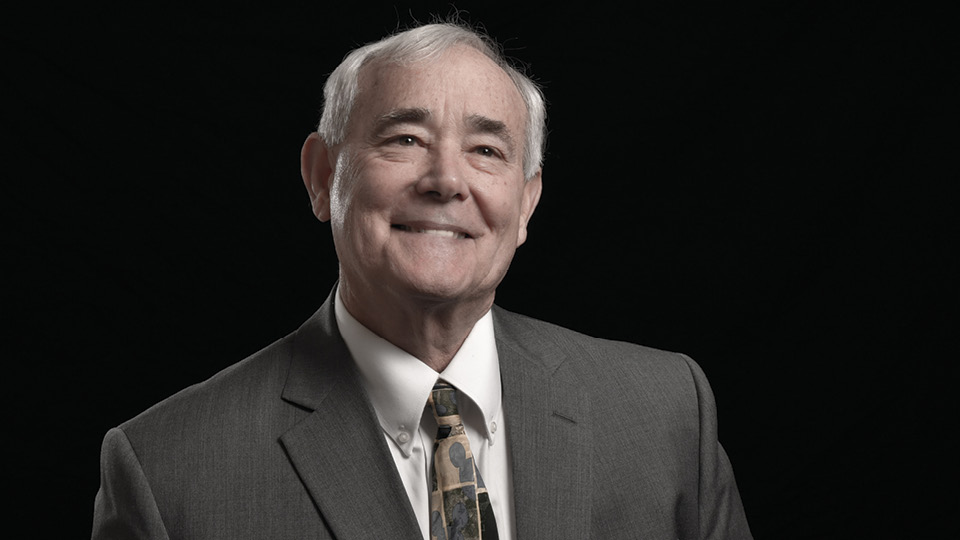by Adam Grybowski
Isn’t that rude?
So thought Dr. Michael Curran Jr. ’71, ’74 watching President Obama address Congress in 2009. He couldn’t believe how many people were taking the opportunity to stay glued to their phones. Then he realized most of them were on social media, sharing their thoughts about the president.
The idea captured his attention, and from that moment on, he began to develop his ideas for how sharing information in real time could be a powerful tool for educators. He decided that Rider, where he has taught since 1991 in the business education program, needed a new course. Today, that course, "Social Media and Education," is perpetually oversubscribed, even as its curriculum evolves each semester alongside new technology.
One of the main things Curran likes to say about his use of technology is how it connects him with interesting people all over the world. But even long before social media, the simple idea of connection underscored every aspect of Curran’s career and his overall experience at Rider. Almost from the time he stepped onto Rider’s campus as an undergraduate in the 1960s, he began forging the relationships that shaped him into an enduring educator who has, in turn, influenced a couple generations of Rider students.
Curran received a bachelor’s and master’s from Rider and a doctorate from Temple University — all in business education. The mix of business and education was an easy fit for him. Growing up, he worked for his father’s insurance business in Levittown, Pa., during the summer, and expectations grew around the idea of him taking the business over one day. Ultimately, he says it wasn’t for him, and he chose instead to attend Rider — one of the most important connections he has ever made.
Q&A
What do you see as the main benefits for educators who are avid users of technology?
Social media has leveled the playing field. I have students who interact directly and openly with teachers, supervisors, principals and superintendents. Educators in the field are learning and sharing every day within their professional learning networks (PLNs). In some cases, my students have been sought by administrators because of their presence on social media.
What about the downsides?
Some educators choose not to participate in social media. My daughter Bonnie and my son Michael are school librarians/media specialists. Both are actively engaged in social media and serve as role models for their teachers. Some teachers are not interested and I think that is a tragedy. We can all share and learn from one another any time, any place.
You’ve been lucky to have many mentors and role models over your career. Is it luck or do you actively cultivate those relationships?
In my late teens I read Dale Carnegie’s book How to Win Friends and Influence People and was struck with his message of kindness, listening, paying attention to other people’s points of view and taking a genuine interest in others. Others respond in kind and relationships begin to build. I have been fortunate to work with many great mentors who positively influenced me.
You stress the lessons of professionalism in your class. Why is that particularly important for teachers?
Students may not remember the content of each lesson, but they will remember how they were treated and how they felt in class. My students understand that message. Students don’t learn from teachers they don’t respect and care about. Professionalism is very important.

